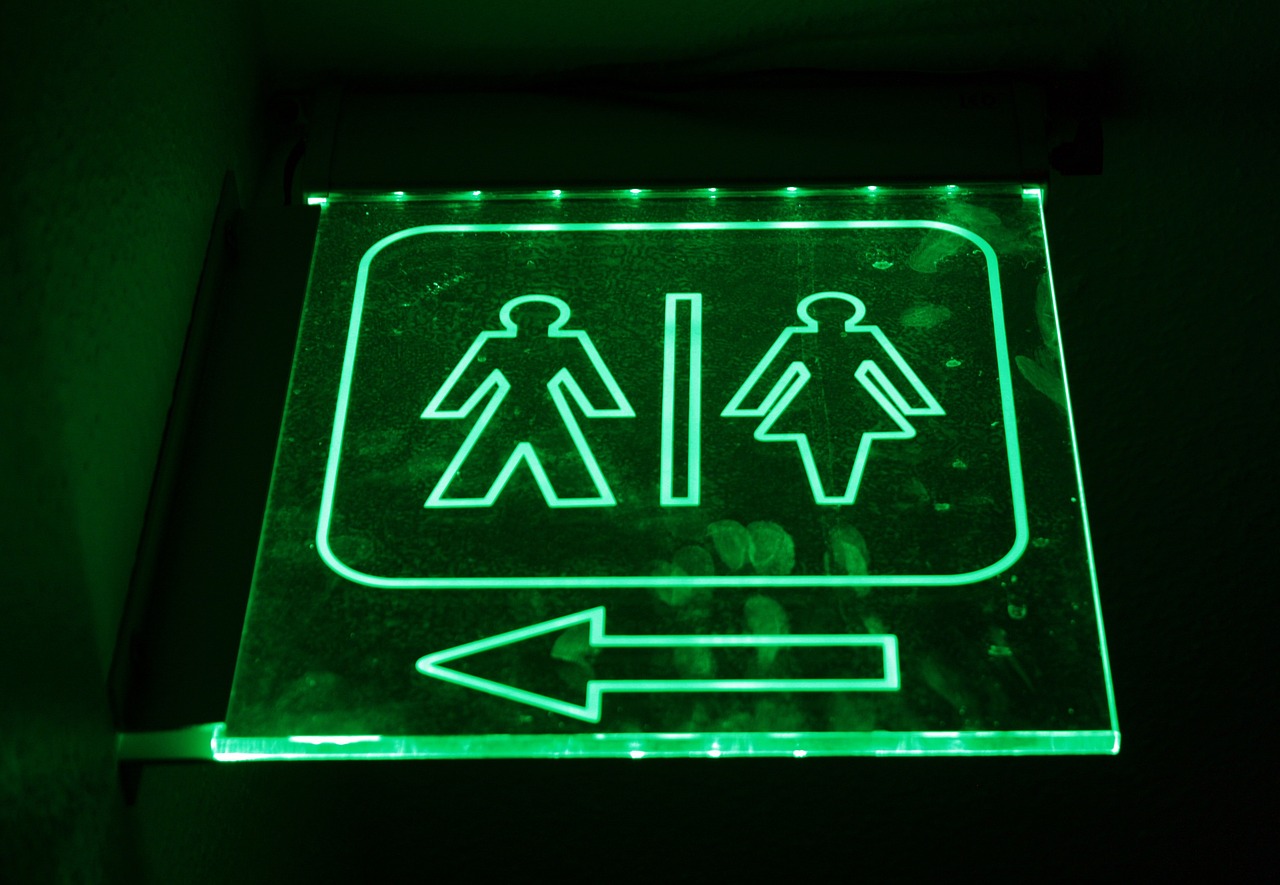A lack of fluids has negative effects on your body and mind. We explain what the color of your urine means and what you need to look out for.
The body needs sufficient fluids, consisting of 50 to 60 percent water. Nevertheless, according to a survey conducted by Airup, many people drink too little, which affects their everyday lives and later lives.
“Adequate hydration is essential to our health and performance,” comments co-founder Lena Jüngst. “With our new campaign, we want to consciously draw attention to the most natural side effect of balanced hydration: You just have to go to the toilet more often.”
The color of the urine shows what stage the body is at If the liquid in the toilet is almost transparent, too much has been drunk. If the color is light yellow, the body has consumed enough fluid. If the color of the urine is more like apple juice, the body is already in a slightly dehydrated state. Anything more than this is no longer good for the body and should be balanced with fluid intake as soon as possible.
If you take in too little fluid, this is known as dehydration. This can be caused by drinking too little or infections like gastroenteritis. According to the German Nutrition Society (DGE), the kidneys can flush out less fluid through sweating, urine, or feces, leaving toxins in the body.
The body must, therefore, switch into a kind of emergency mode: If you drink too little, this is quickly compensated for. However, if the body remains in emergency mode in the long term, this has a considerable impact on health. The consequences can be dementia and a shortened life as a result.
According to the Austrian health portal, adults should drink two and a half liters daily. The choice is important: Water, unsweetened herbal and fruit teas, fruit juices mixed with water, and even coffee are good thirst quenchers. However, you should avoid soft drinks and iced teas.
A diet rich in water also meets part of the fluid requirement. However, if you eat too little, you must compensate for this by drinking plenty of fluids. The same is true on hot days, during physical activity, or illness, when the body requires more fluid to compensate for the loss.
- source: heute.at/picture: Bild von Nina Edmondson auf Pixabay
This post has already been read 2704 times!



